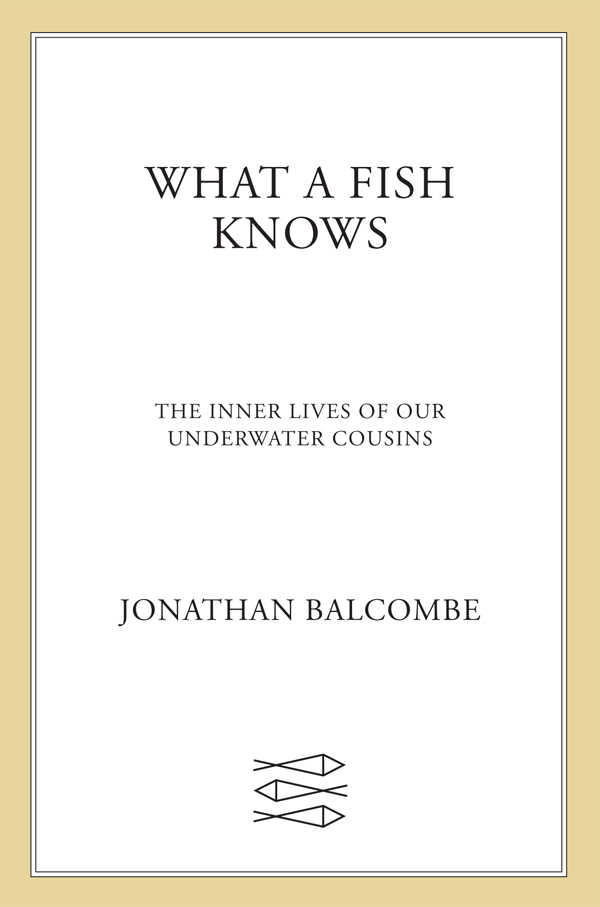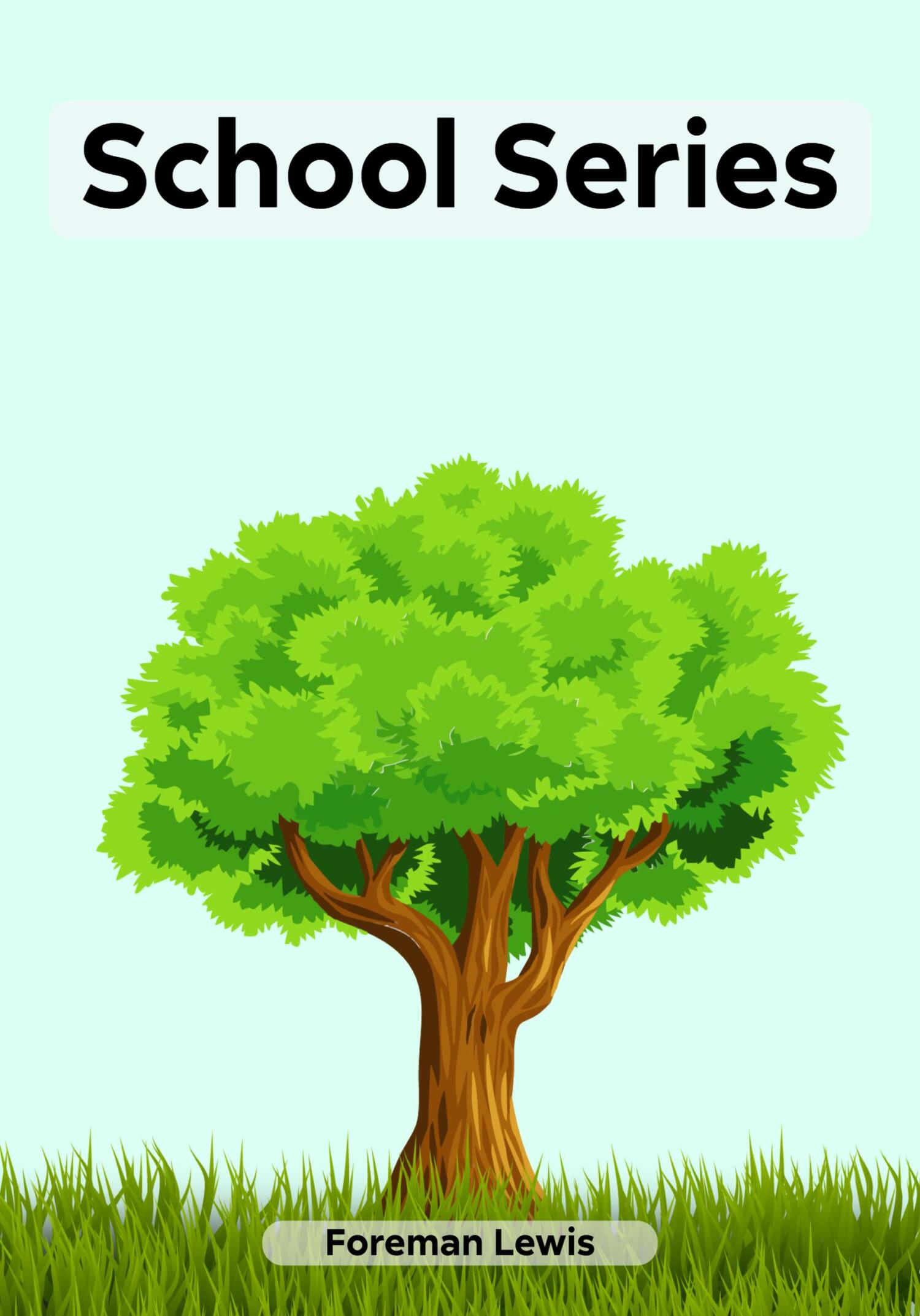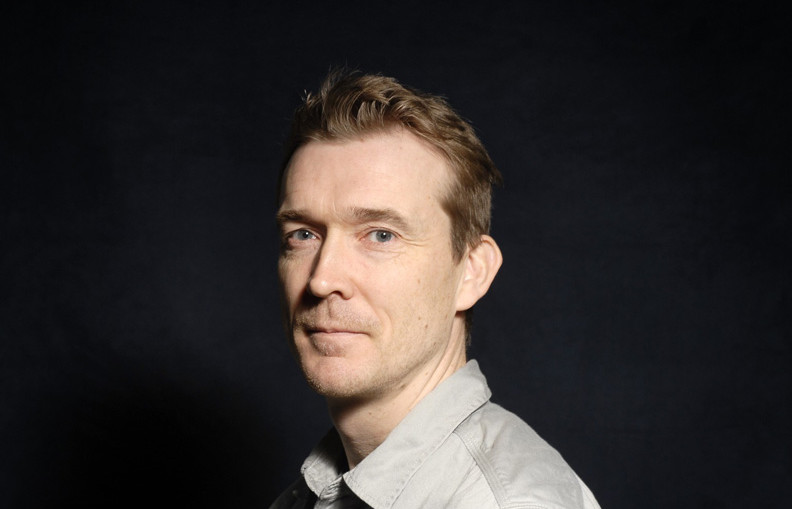Тревожное поколение. Как Великое подключение детства вызывает эпидемию душевных болезней - Джонатан Хайдт
Книгу Тревожное поколение. Как Великое подключение детства вызывает эпидемию душевных болезней - Джонатан Хайдт читаем онлайн бесплатно полную версию! Чтобы начать читать не надо регистрации. Напомним, что читать онлайн вы можете не только на компьютере, но и на андроид (Android), iPhone и iPad. Приятного чтения!
Шрифт:
Интервал:
Закладка:
Fiske, S. T. (2011). Envy up, scorn down: How status divides us. Russell Sage Foundation.
Flanders, J. L., Leo, V., Paquette, D., Pihl, R. O., & Séguin, J. R. (2009). Rough-and-tumble play and the regulation of aggression: An observational study of father-child play dyads. Aggressive Behavior, 35 (4), 285–295. doi.org/10.1002/ab.20309
Flynn, R. M., Shaman, N. J., & Redleaf, D. L. (2023). The unintended consequences of «lack of supervision» child neglect laws: How developmental science can inform policies about childhood independence and child protection. Social Policy Report, 36 (1), 1–38. doi.org/10.1002/sop2.27
Food and Drug Administration. (2010, March 19). Regulations restricting the sale and distribution of cigarettes and smokeless tobacco to protect children and adolescents. Federal Register, 75 (53), 13225–13232. www.govinfo. gov/content/pkg/FR-2010-03-19/pdf/2010-6087. pdf
Fowler, J. H., & Christakis, N. A. (2008). Dynamic spread of happiness in a large social network: Longitudinal analysis over 20 years in the Framingham Heart Study. BMJ, 337, Article a2338. doi.org/10.1136/bmj. a2338
Fuhrmann, D., Knoll, L. J., & Blakemore, S. (2015). Adolescence as a sensitive period of brain development. Trends in Cognitive Sciences, 19 (10), 558–566. doi.org/10.1016/j. tics.2015.07.008
Furedi, F. (2001). Paranoid parenting: Abandon your anxieties and be a good parent. Allen Lane.
Fyfe-Johnson, A. L., Hazlehurst, M. F., Perrins, S. P., Bratman, G. N., Thomas, R., Garrett, K. A., Hafferty, K. R., Cullaz, T. M., Marcuse, E. K., & Tandon, P. S. (2021). Nature and children's health: A systematic review. Pediatrics, 148 (4), Article e2020049155. doi.org/10.1542/peds.2020-049155
Gabrielsen, L. E., Eskedal, L. T., Mesel, T., Aasen, G. O., Hirte, M., Kerlefsen, R. E., Palucha, V., & Fernee, C. R. (2019). The effectiveness of wilderness therapy as mental health treatment for adolescents in Norway: A mixed methods evaluation. International Journal of Adolescence and Youth, 24 (3), 282–296. doi.org/10.1080/02673843.2018.1528166
Garbarino, S., Lanteri, P., Bragazzi, N. L., Magnavita, N., & Scoditti, E. (2021). Role of sleep deprivation in immune-related disease risk and outcomes. Communications Biology, 4, 1304. doi.org/10.1038/s42003-021-02825-4
Garrido, E. C., Issa, T., Esteban, P. G., & Delgado, S. C. (2021). A descriptive literature review of phubbing behaviors. Heliyon, 7 (5), Article e07037. doi.org/10.1016/j. heliyon.2021. e07037
Garriguet, D. (2021). Portrait of youth in Canada: Data report – Chapter 1: Health of youth in Canada (Catalogue No. 42-28-0001). Statistics Canada. www150.statcan.gc.ca/n1/en/pub/42-28-0001/2021001/article/00001-eng. pdf?st=ZQk8_2Sl
Garrison, M. M., & Christakis, D. A. (2012). The impact of a healthy media use intervention on sleep in preschool children. Pediatrics, 130 (3), 492–499. doi.org/10.1542/peds.2011–3153
Gemmell, E., Ramsden, R., Brussoni, M., & Brauer, M. (2023). Influence of neighborhood built environments on the outdoor free play of young children: A systematic, mixed-studies review and thematic synthesis. Journal of Urban Health, 100 (1), 118–150. doi.org/10.1007/s11524-022-00696-6
Gillis, H. L., Speelman, E., Linville, N., Bailey, E., Kalle, A., Oglesbee, N., Sandlin, J., Thompson, L., & Jensen, J. (2016). Meta-analysis of treatment outcomes measured by the Y-OQ and Y-OQSR comparing wilderness and non-wilderness treatment programs. Child and Youth Care Forum, 45 (6), 851–863. doi.org/10.1007/s10566-016-9360-3
GlobalWebIndex. (2018). Social flagship report 2018. www.gwi.com/hubfs/Downloads/Social-H2-2018-report.pdf
GlobalWebIndex. (2021). Social media by generation.304927.fs1.hubspotusercontentna1. net/hubfs/304927/Social%20media%20by%20generation-%20-%20Global%20-%20Web_Friendly_6.pdf
Goldstone, A., Javitz, H. S., Claudatos, S. A., Buysse, D. J., Hasler, B. P., de Zambotti, M., Clark, D. B., Franzen, P. L., Prouty, D. E., Colrain, I. M., & Baker, F. C. (2020). Sleep disturbance predicts depression symptoms in early adolescence: Initial findings from the adolescent brain cognitive development study. Journal of Adolescent Health, 66 (5), 567–574. doi.org/10.1016/j. jadohealth.2019.12.005
Gopnik, A. (2016). The gardener and the carpenter: What the new science of child development tells us about the relationship between parents and children. Farrar, Straus and Giroux.
Götz, F. M., Gosling, S. D., & Rentfrow, P. J. (2022). Small effects: The indispensable foundation for a cumulative psychological science. Perspectives on Psychological Science, 17 (1), 205–215. doi.org/10.1177/1745691620984483
Goyal, M., Singh, S., Sibinga, E. M. S., Gould, N. F., Rowland-Seymour, A., Sharma, R., Berger, Z., Sleicher, D., Maron, D. D., Shihab, H. M., Ranasinghe, P. D., Linn, S., Saha, S., Bass, E. B., & Haythornthwaite, J. A. (2014). Meditation programs for psychological stress and well-being. JAMA Internal Medicine, 174 (3), 357–368. doi.org/10.1001/jamainternmed.2013.13018
Granic, I., Lobel, A., & Engels, R. C. M. E. (2014). The benefits of playing video games. American Psychologist, 69 (1), 66–78. doi.org/10.1037/a0034857
Grant, J. E., Potenza, M. N., Weinstein, A., & Gorelick, D. A. (2010). Introduction to behavioral addictions. The American Journal of Drug and Alcohol Abuse, 36 (5), 233–241. doi.org/10.3109/00952990.2010.491884
Grassini, S. (2022). A systematic review and meta-analysis of nature walk as an intervention for anxiety and depression. Journal of Clinical Medicine, 11 (6), 1731. doi.org/10.3390/jcm11061731
Gray, J. A. (1982). The neuropsychology of anxiety: An enquiry into the functions of the septohippocampal system. Clarendon Press/Oxford University Press.
Gray, P. (2011). The decline of play and the rise of psychopathology in children and adolescents. American Journal of Play, 3 (4), 443–463. www.psycnet. apa.org/record/2014-22137-001
Gray, P. (2013). The value of a play-filled childhood in development of the hunter-gatherer individual. In D. Narvaez, J. Panksepp, A. N. Schore, & T. R. Gleason (Eds.), Evolution, early experience and human development: From research to practice and policy (pp. 352–370). Oxford University Press.
Gray, P. (2018). Evolutionary functions of play: Practice, resilience, innovation, and cooperation. In P. K. Smith & J. L. Roopnarine (Eds.), The Cambridge handbook of play: Developmental and disciplinary perspectives (pp. 84–102). Cambridge University Press.
Gray, P. (2023). The special value of age-mixed play I: How age mixing promotes learning. Play Makes Us Human.petergray.substack.com/p/10-the-special-value-of-age-mixed
Gray, P., Lancy, D. F., & Bjorklund, D. F. (2023). Decline in independent activity as a cause of decline in children's mental wellbeing: Summary of the evidence. Journal of Pediatrics, 260 (2), 113352. doi.org/10.1016/j. jpeds.2023.02.004
Green, A., Cohen-Zion, M., Haim, A., & Dagan, Y. (2017). Evening light exposure to computer screens disrupts human sleep, biological rhythms, and attention abilities. Chronobiology International, 34 (7), 855–865. doi.org/10.1080/07420528.2017.1324878
Greitemeyer, T., & Mügge, D. O. (2014). Video games do affect social outcomes: A meta-analytic review of the effects of violent and prosocial video game play. Personality and Social Psychology Bulletin, 40
Прочитали книгу? Предлагаем вам поделится своим отзывом от прочитанного(прослушанного)! Ваш отзыв будет полезен читателям, которые еще только собираются познакомиться с произведением.
Уважаемые читатели, слушатели и просто посетители нашей библиотеки! Просим Вас придерживаться определенных правил при комментировании литературных произведений.
- 1. Просьба отказаться от дискриминационных высказываний. Мы защищаем право наших читателей свободно выражать свою точку зрения. Вместе с тем мы не терпим агрессии. На сайте запрещено оставлять комментарий, который содержит унизительные высказывания или призывы к насилию по отношению к отдельным лицам или группам людей на основании их расы, этнического происхождения, вероисповедания, недееспособности, пола, возраста, статуса ветерана, касты или сексуальной ориентации.
- 2. Просьба отказаться от оскорблений, угроз и запугиваний.
- 3. Просьба отказаться от нецензурной лексики.
- 4. Просьба вести себя максимально корректно как по отношению к авторам, так и по отношению к другим читателям и их комментариям.
Надеемся на Ваше понимание и благоразумие. С уважением, администратор knigkindom.ru.
Оставить комментарий
-
 Ариэль летит24 декабрь 21:18
А в этой книге открываются такие интриги, такие глубины грязной политики, и как противостояние им- вечные светлые истины, такие,...
Сеятели ветра - Андрей Васильев
Ариэль летит24 декабрь 21:18
А в этой книге открываются такие интриги, такие глубины грязной политики, и как противостояние им- вечные светлые истины, такие,...
Сеятели ветра - Андрей Васильев
-
 Гость Екатерина24 декабрь 15:37
Очень юморная книга. Спасибо автору...
Жена с татуировкой дракона - Кристина Юрьевна Юраш
Гость Екатерина24 декабрь 15:37
Очень юморная книга. Спасибо автору...
Жена с татуировкой дракона - Кристина Юрьевна Юраш
-
 Нинель24 декабрь 12:30
Хорошая история, душевная, практически реальная, веришь автору, что так и было...хочу такого же Макса, просто до мурашек... Но,...
Проще, чем кажется - Юлия Устинова
Нинель24 декабрь 12:30
Хорошая история, душевная, практически реальная, веришь автору, что так и было...хочу такого же Макса, просто до мурашек... Но,...
Проще, чем кажется - Юлия Устинова










